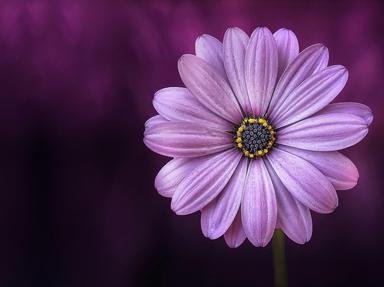Quiz Answer Key and Fun Facts
1. The Venus flytrap is a carnivorous plant. It feeds mostly on small insects, and it's not the only one. How many different types of carnivorous plants are known to exist?
2. What is the conservation status of the Venus flytrap?
3. The Venus flytrap produces small seeds in what colour?
4. The Venus flytrap's diet consists mostly of crawling insects and spiders.
5. Why has the Venus flytrap evolved to eat insects?
6. Venus flytraps have been known to emit a blue glow to attract prey.
7. To prevent its prey escaping, what lines the edges of the traps?
8. Which trapping mechanism does the Venus Flytrap use to catch the insects it feeds on?
9. Which other carnivorous plants are closely related to the Venus flytrap?
10. The Venus flytrap produces flowers in spring.
Source: Author
ElusiveDream
This quiz was reviewed by FunTrivia editor
ozzz2002 before going online.
Any errors found in FunTrivia content are routinely corrected through our feedback system.

